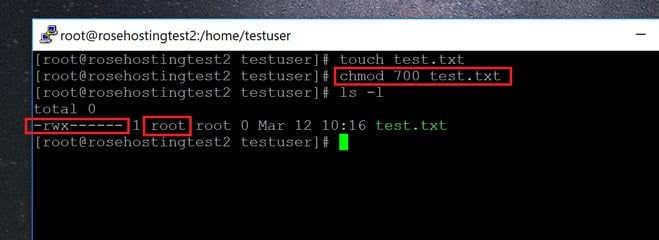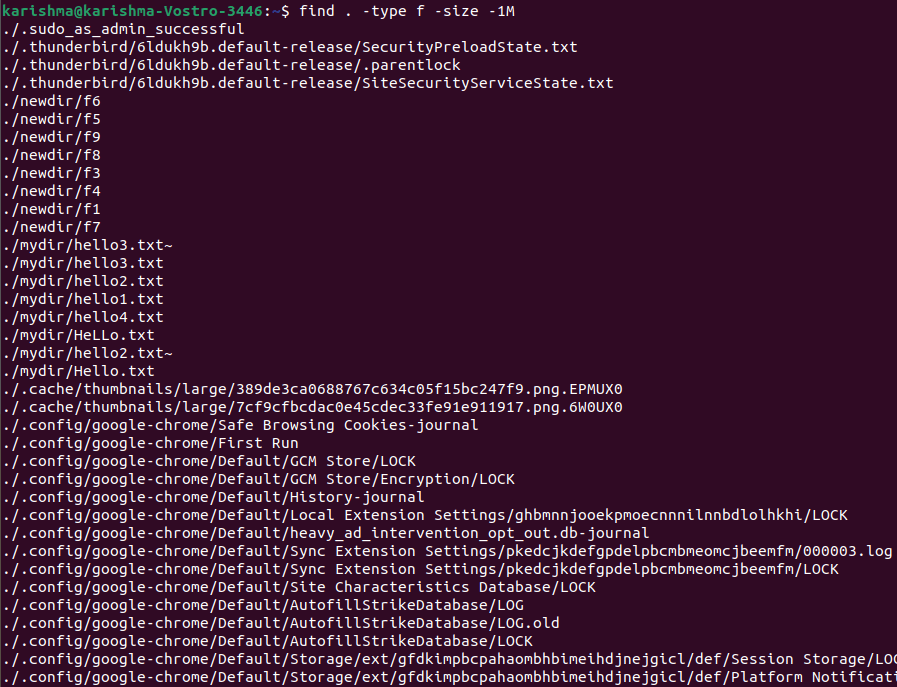

What are the top ten files or directories on our machine? How large are they and where are they located? Using a little Linux command line magic we can target these files with only one line of commands.Ģ. sudo find / -type f -size +100M Finding the 10 Largest Linux Files on Your Drive You should be able to scroll through the returned results and see that the larger files on the pen drive have been included in the results. For this example connect a USB drive with a collection of files on it including some that are over 100MB in size. Search all filesystems for files larger than 100MB. Note that we are using / to set the command to search the entire filesystem from the root of the filesystem. As we are invoking root privileges using sudo we will need to input our password. Search the current filesystem for files larger than 100MB. We might also want to either limit the search to the current filesystem which can be achieved via the -xdev argument, for example when we suspect the files we seek are in our current main filesystem or we can choose not to add the -xdev argument which will then include results from other mounted filesystems, for example an attached USB drive.Ģ. To search the entire filesystem, we will need to use the command with sudo. We may have some files hidden away in our home directory that need removing. It’s sometimes useful to search the whole Linux filesystem for large files. test -type f -size +100M Searching the Whole Linux Filesystem For Large Files This means we can search the test directory from the home directory. We can run the same command as in the previous section but replace the “.” with a specified path. Use the same command, but this time specify a path to search.

We only have one file in our test folder Baby_Yoda.obj that is larger than 100MB. Finally the +100M argument specifies that the command will only return files larger than 100MB in size. The -type f argument specifies returning files as results. We are working inside our test directory and the “.” indicates to search the current directory. Use find to search for any file larger than 100MB in the current directory. We can also use the find command in combination with the -size argument specifying a size threshold where any file larger than specified will be returned.\ġ.
#Bash find file by owner how to#
For more information on the Linux find command, here’s a link to my Linux ‘find’ command examples article.In another article, we explained how to find files in Linux using the find command to search based on a filename or part of a filename.

I hope this quick tip on finding Unix and Linux files and directories that don't match a filename pattern (not matching a pattern) has been helpful. Summary: How to find files that don’t match a filename pattern type f -not -name "*.html" -exec ls -l \ Here’s how to run a simple Unix ls command on them:įind. Of course it’s usually not enough to find files not matching a filename pattern usually you want to do something with them. Find files not matching a filename pattern and doing something with them html file extension (filename pattern).Īlso, if you’re not familiar with it, the -f argument in that find command means “just look for files,” and don’t return search results for directories. This Linux find command using the “not” operator creates a list of all files not ending with the. Fortunately with the newer Unix/Linux find syntax this solution is pretty easy, you just include the -not argument, like this: In my case I just ran into a situation where I needed to find all files below the current subdirectory that are NOT named with the filename pattern *.html. Unix/Linux find command “patterns” FAQ: How do I find files or directories that don’t match a specific pattern (files not matching a regex pattern, or filename pattern)?


 0 kommentar(er)
0 kommentar(er)
